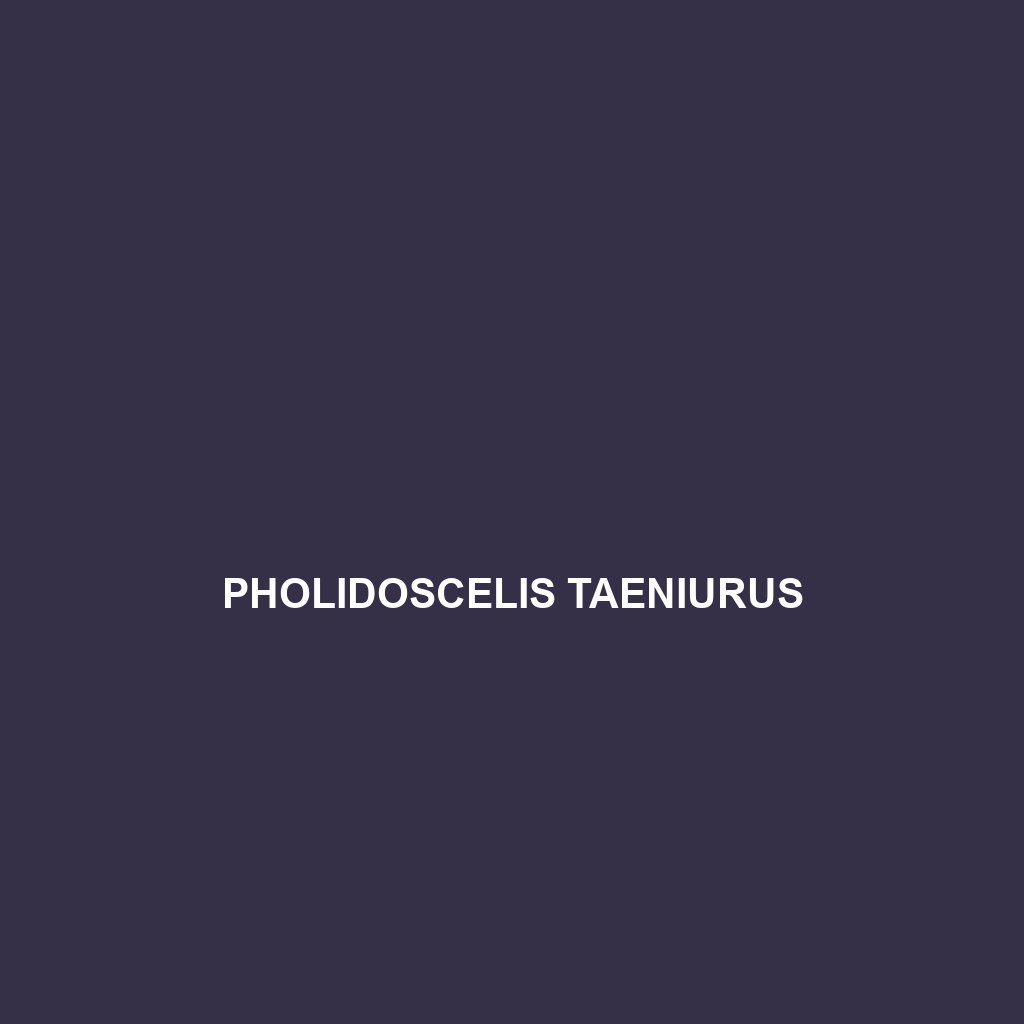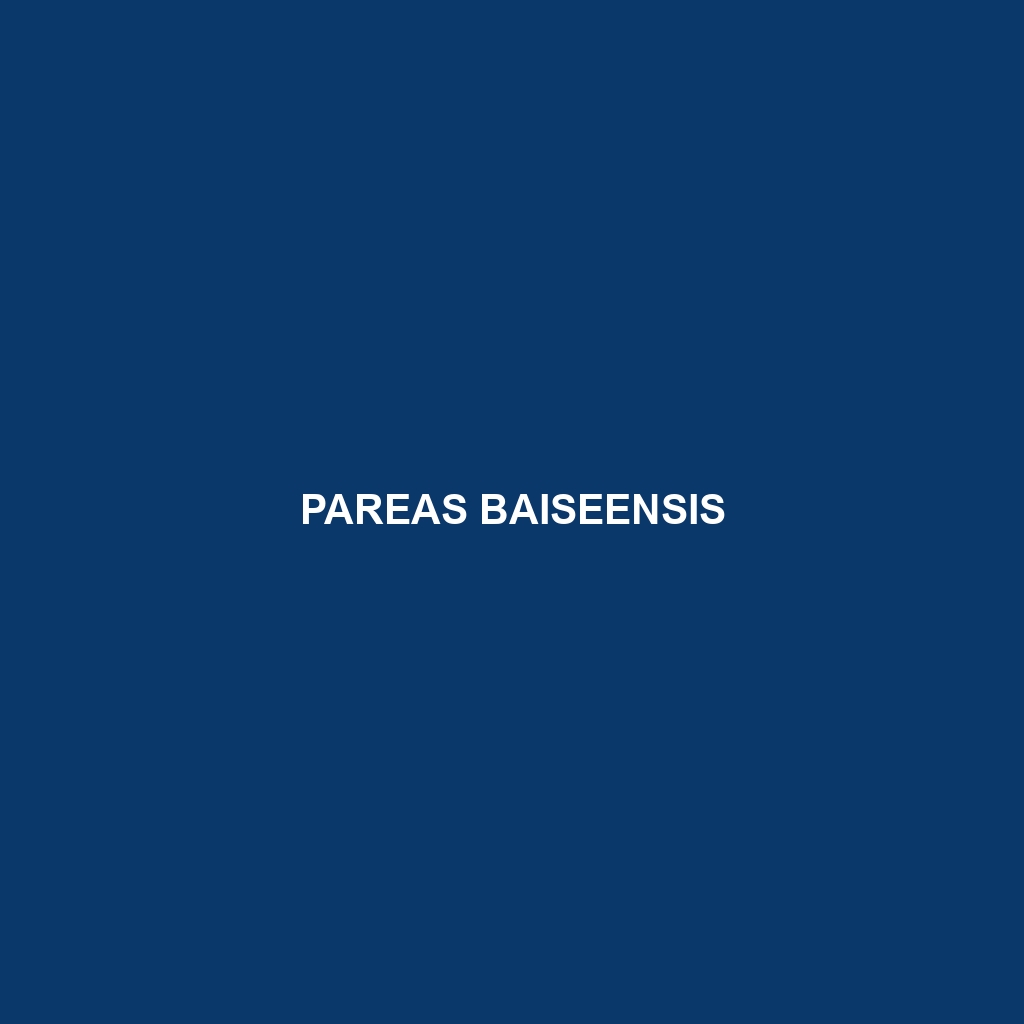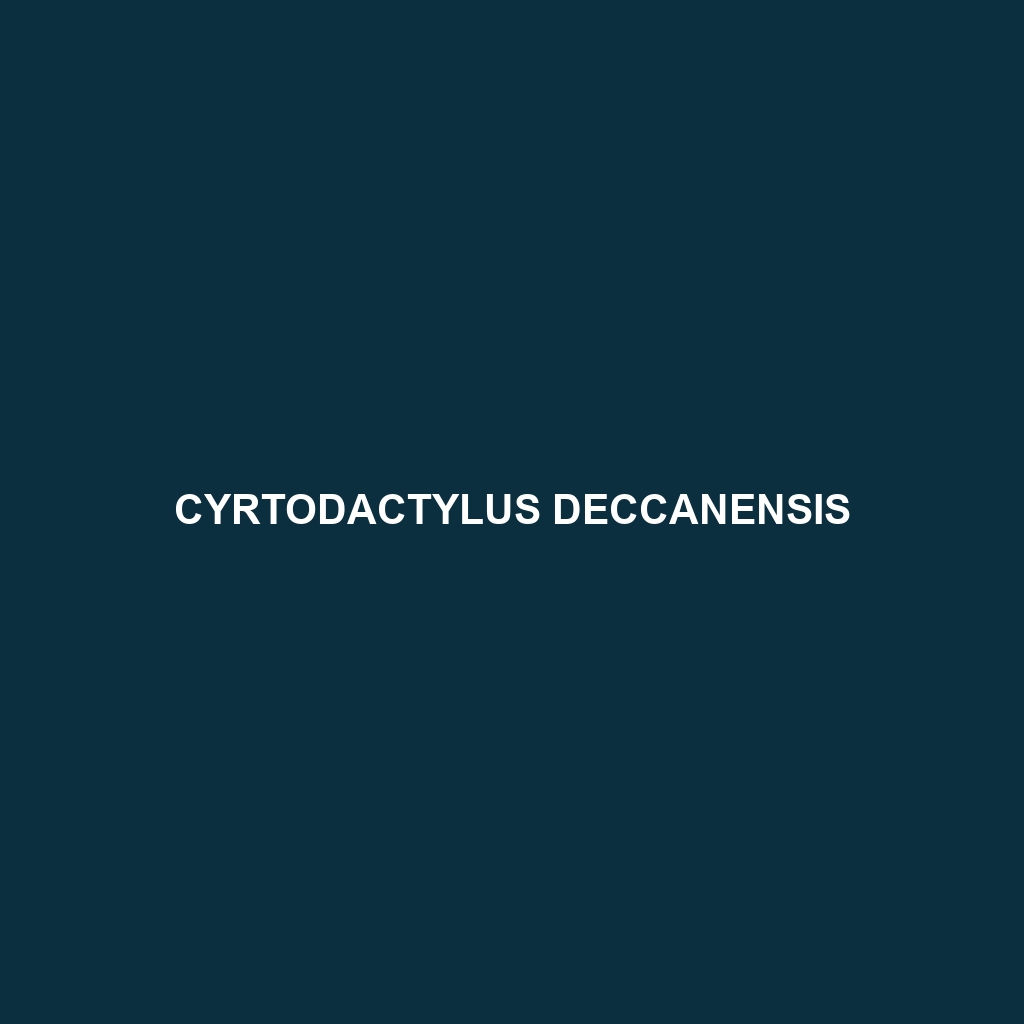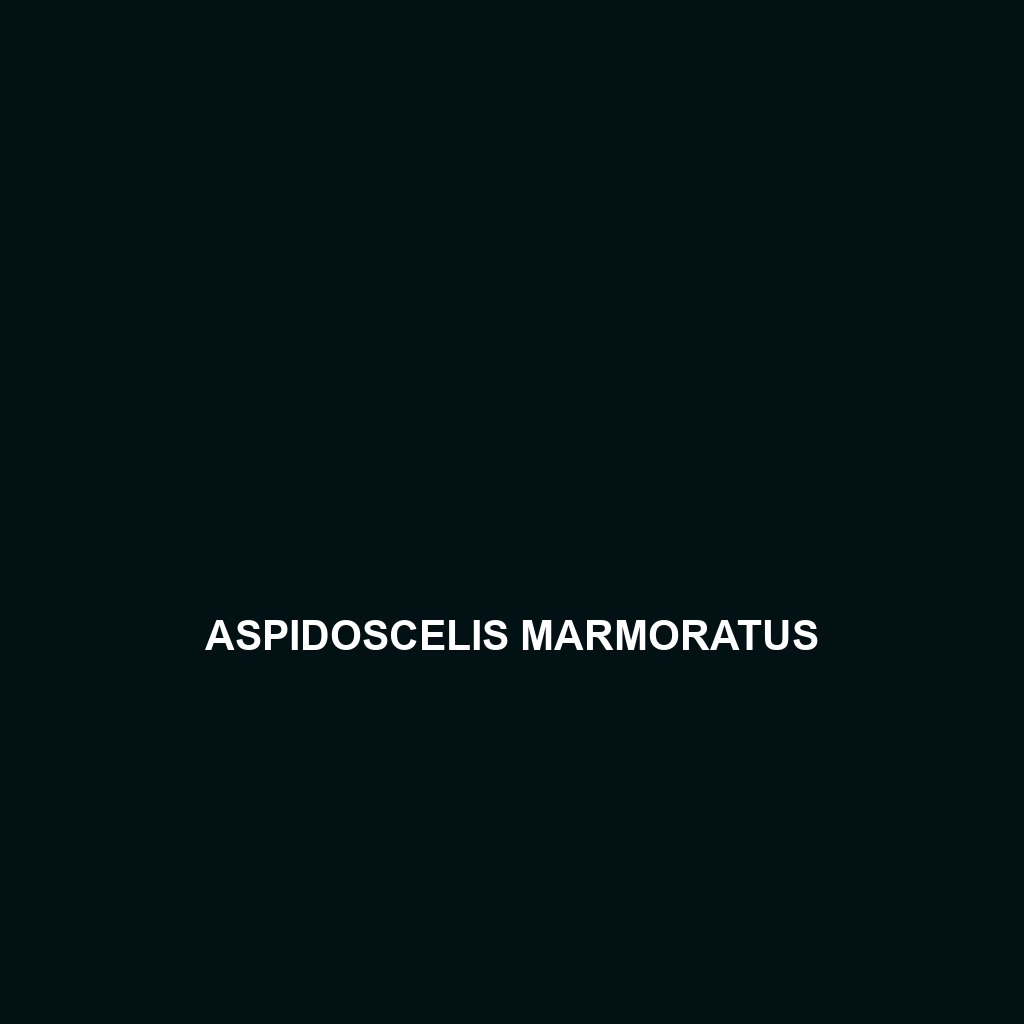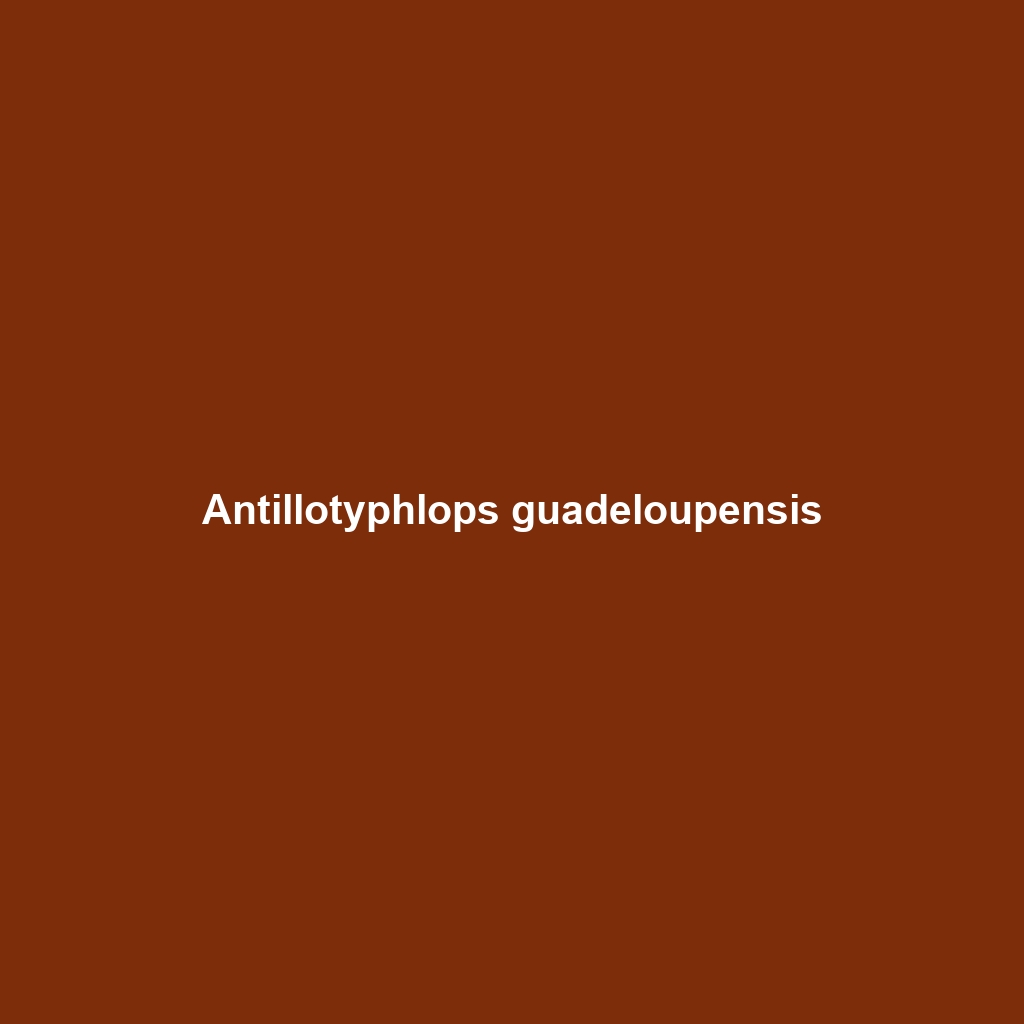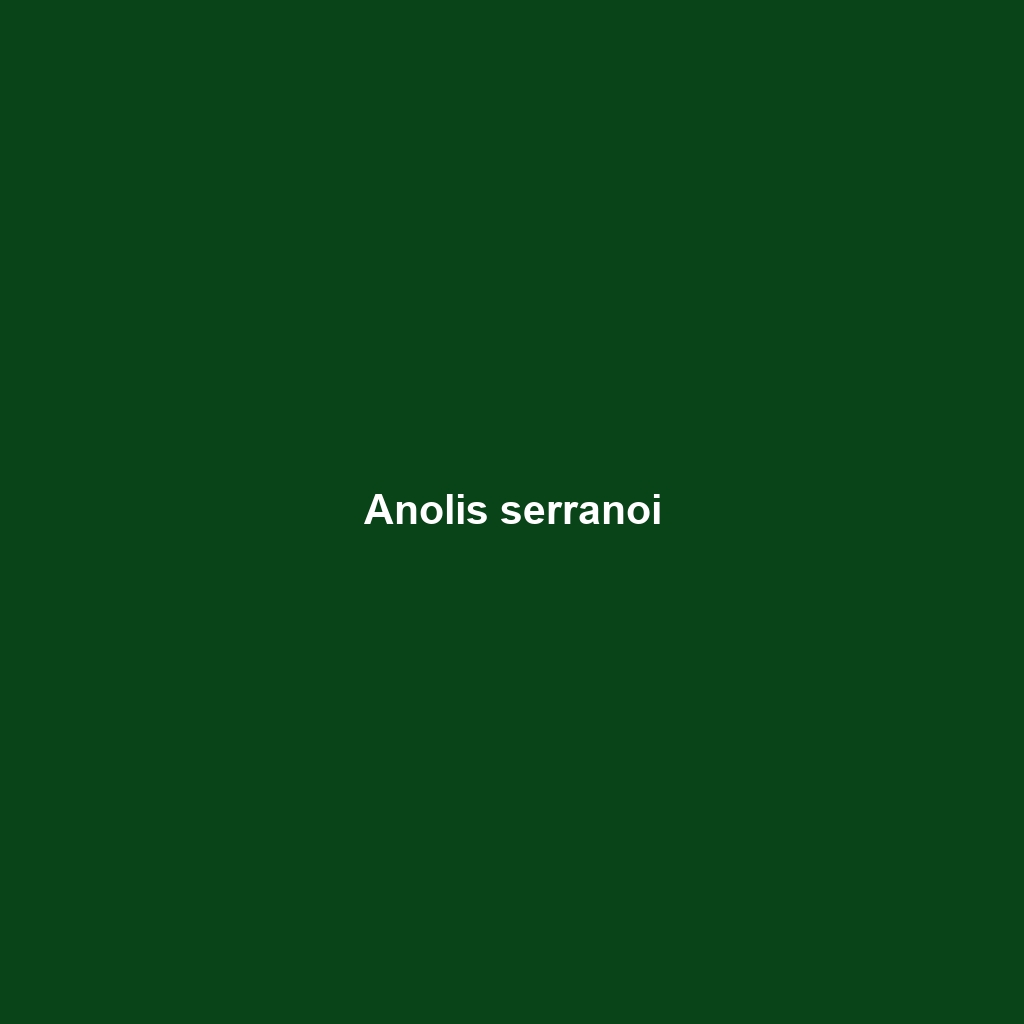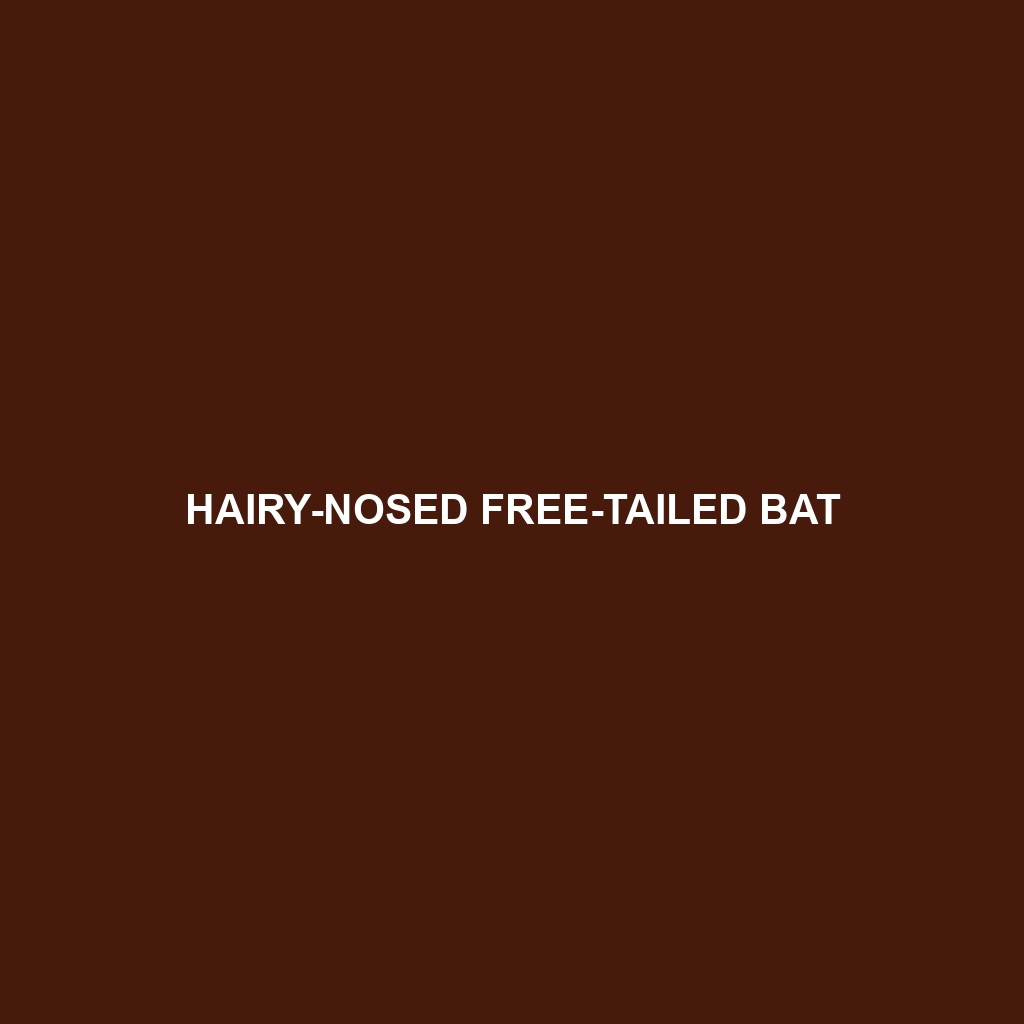<b>Sphaerodactylus lazelli</b>, commonly known as Lazell's gecko, is a small, tropical insectivore native to the Virgin Islands, characterized by a slender body, vibrant mosaic pattern, and enlarged toe pads for climbing. This fascinating species plays a vital role in its ecosystem, feeding on insects and serving as prey for various predators, while its ability to regenerate its tail enhances its survival in the wild.
Tag: wildlife diversity
Pholidoscelis taeniurus
Discover the vibrant Bahama Skink (Pholidoscelis taeniurus), a key Caribbean species known for its striking brown and tan stripes, agile movements, and unique adaptation to tropical habitats. This omnivorous lizard thrives in diverse environments, playing a crucial role in its ecosystem by controlling insect populations and serving as prey for larger predators.
Pareas baiseensis
<p><b>Pareas baiseensis</b> is a slender, nocturnal snake native to the humid rainforests of Southeast Asia, particularly southern China. Characterized by its striking light brown to olive coloration with dark bands, this species plays a crucial role in its ecosystem as a predator of small vertebrates while also serving as prey for larger animals.</p>
Cyrtodactylus deccanensis
Discover the Cyrtodactylus deccanensis, a vibrant gecko native to the Western Ghats of India, known for its remarkable camouflage, nocturnal behavior, and role in controlling insect populations. With a robust body and the ability to regenerate its tail, this species thrives in humid tropical and subtropical forests, making it a vital player in its ecosystem.
Bavayia insularis
Bavayia insularis, or the Insular Bavayia, is a medium-sized skink native to the rainforests of the Solomon Islands and Vanuatu, characterized by its striking coloration and nocturnal foraging behavior. This vulnerable species plays a vital role in its ecosystem as both a predator of insects and prey for larger animals, while its unique ability to regenerate its tail enhances its survival.
Antillotyphlops guadeloupensis
Antillotyphlops guadeloupensis, also known as the Guadeloupe blind snake, is a fossorial species native to the humid forests and grasslands of Guadeloupe. This nocturnal reptile, measuring 30 to 60 cm in length, plays a crucial role in soil aeration and pest control by feeding on soft-bodied invertebrates, while its vulnerable status highlights the need for conservation efforts.
Anolis serranoi
Discover the vibrant Anolis serranoi, a small lizard native to the tropical forests of Puerto Rico, known for its dynamic dewlap displays and crucial role in controlling insect populations within its rich arboreal habitat. This species, reaching 3 to 5 inches in length, showcases stunning color variations and exhibits territorial behavior, making it a fascinating addition to your collection.
Hairy-nosed Free-tailed Bat
Discover the fascinating Hairy-nosed Free-tailed Bat (Tadarida australis), a medium-sized nocturnal mammal native to eastern and southern Australia. With its unique long, hairy nose and impressive foraging skills, this species plays a crucial role in controlling insect populations while facing vulnerability due to habitat loss. Learn about its physical traits, behaviors, and the vital contribution it makes to the ecosystem in our latest blog post.

